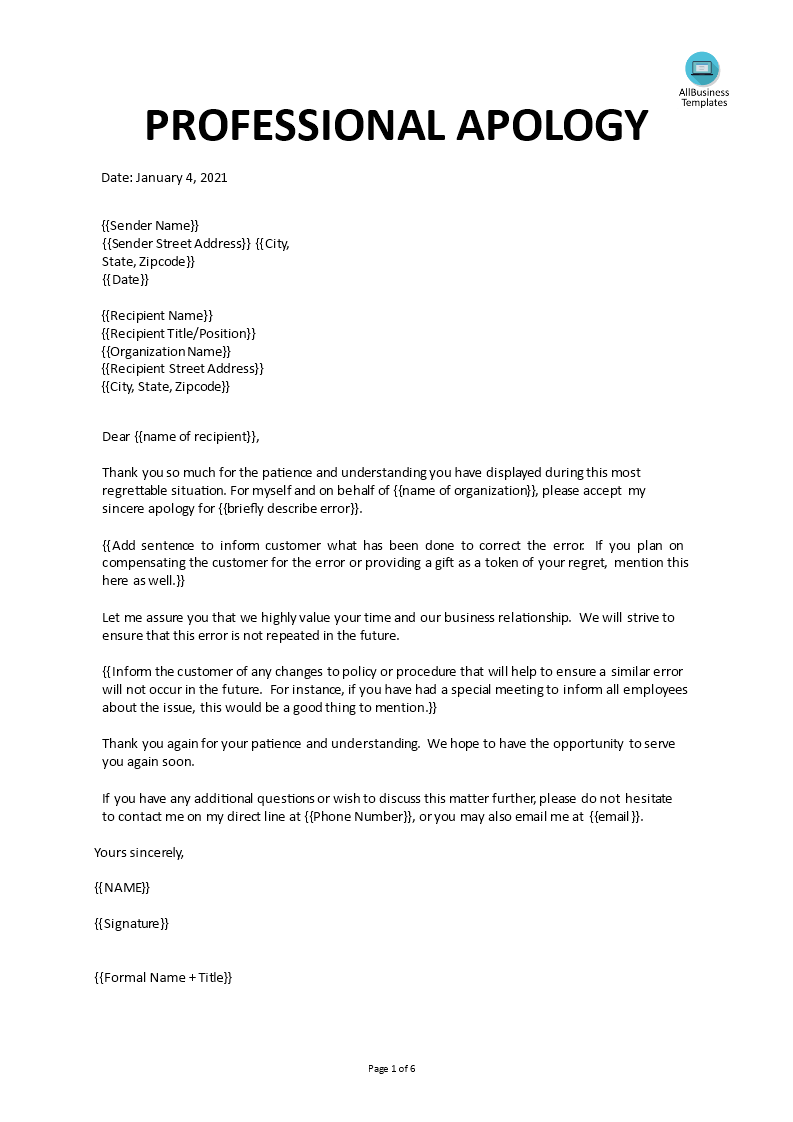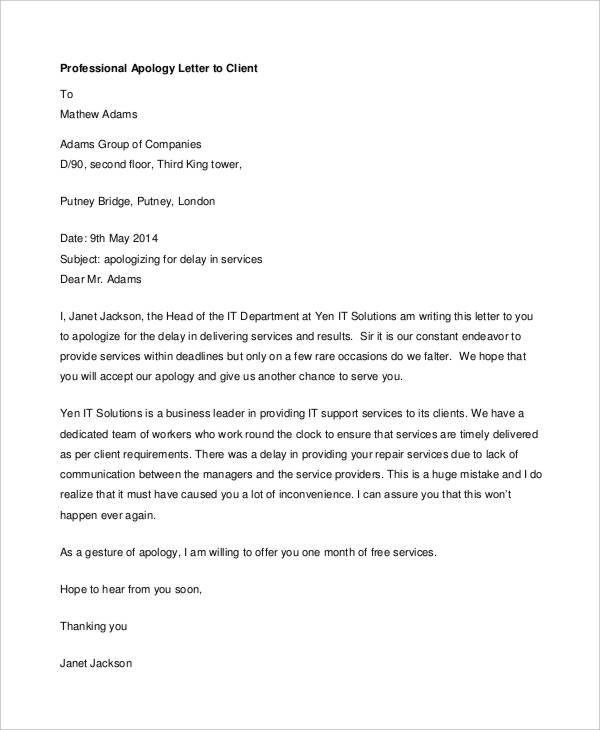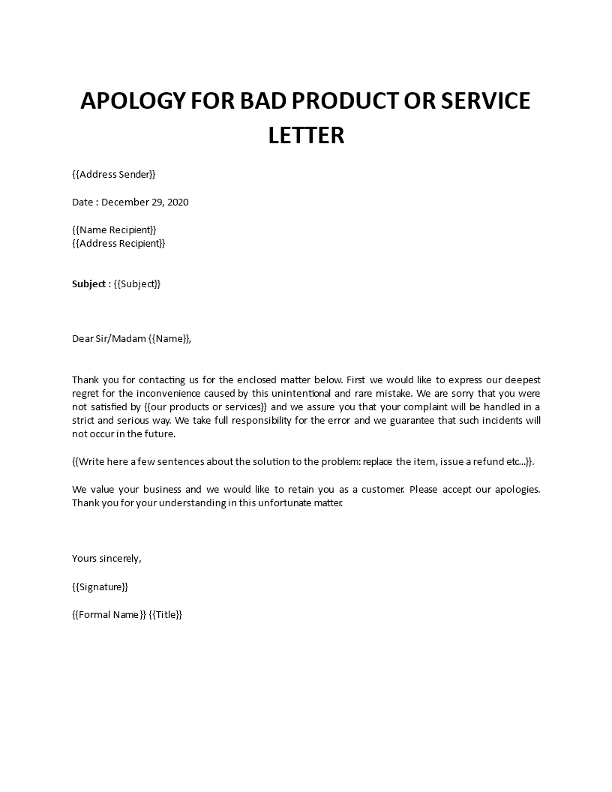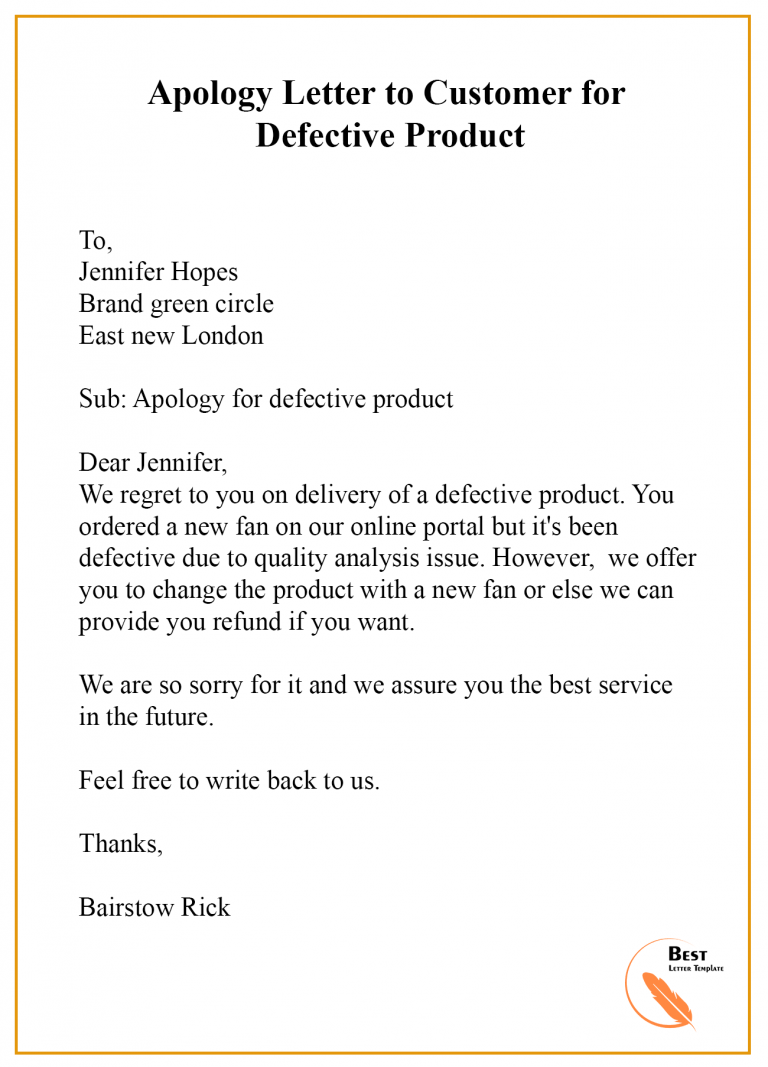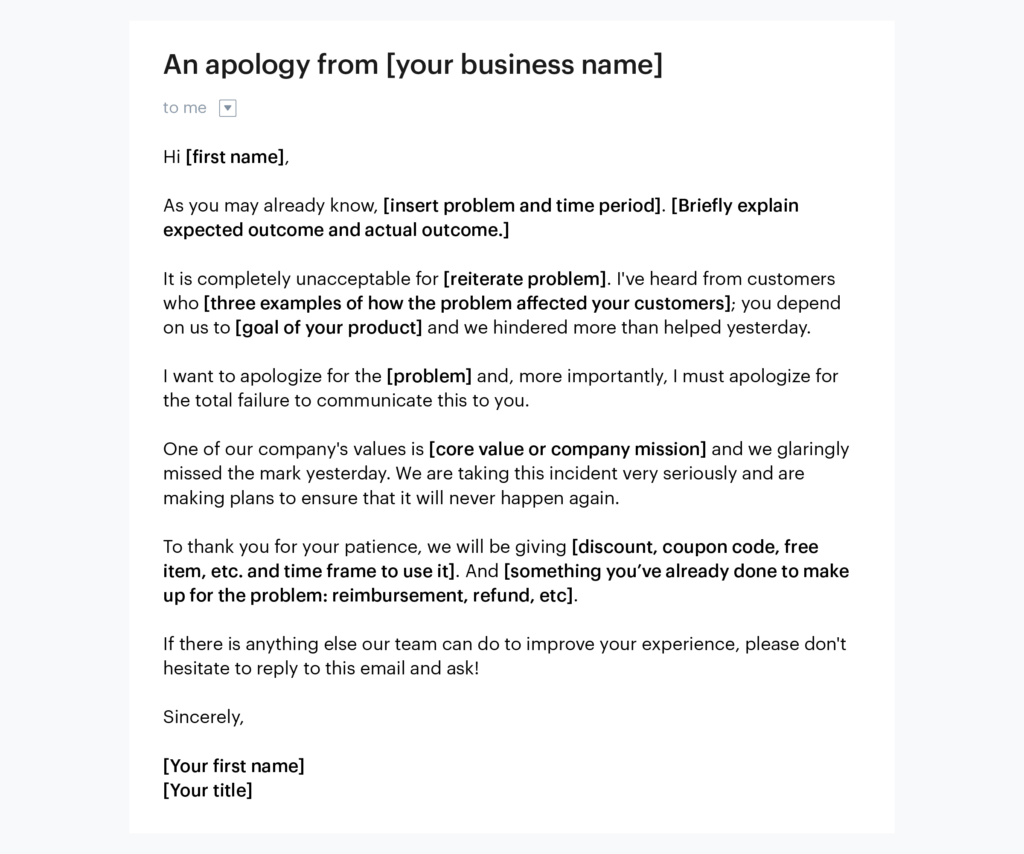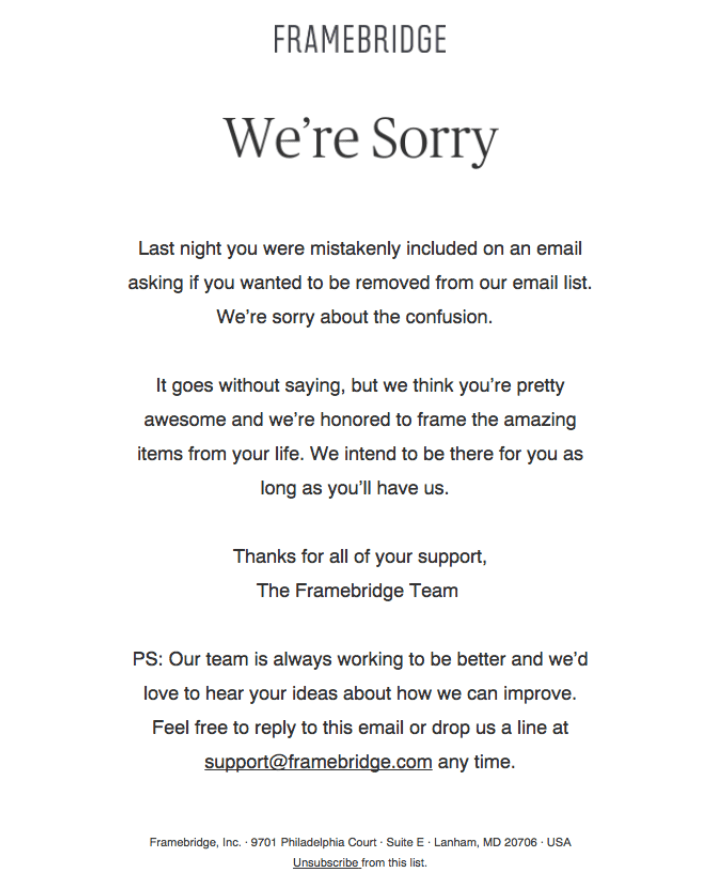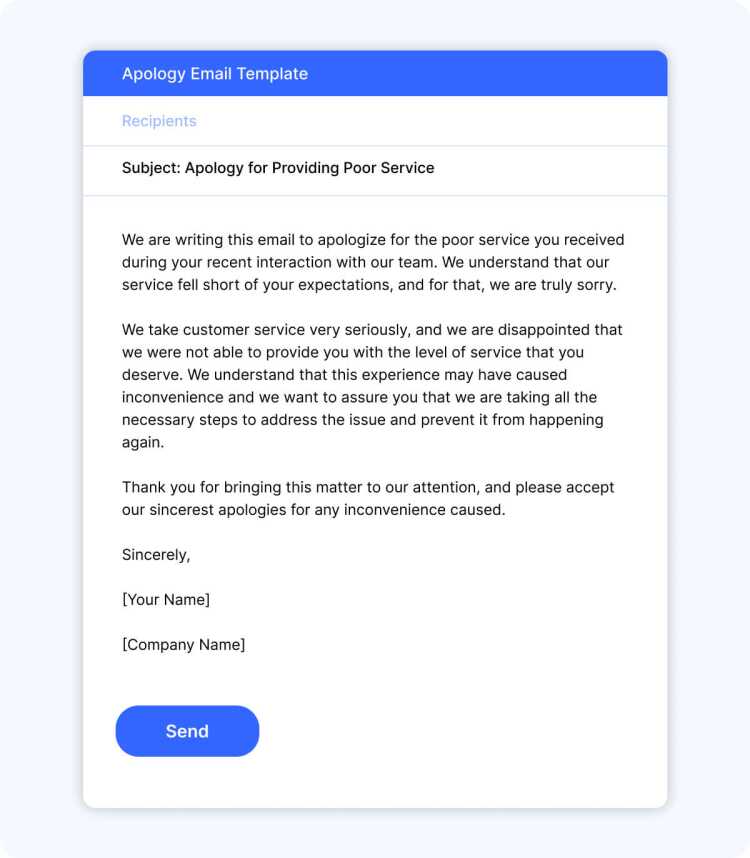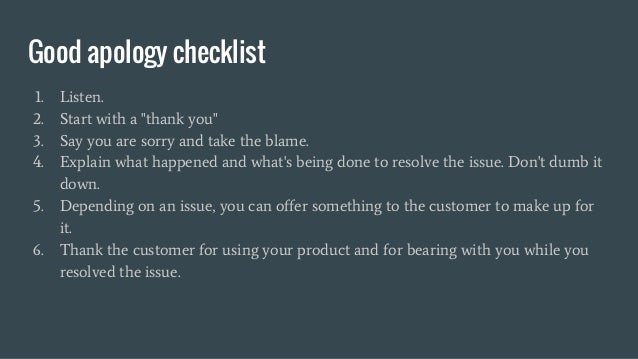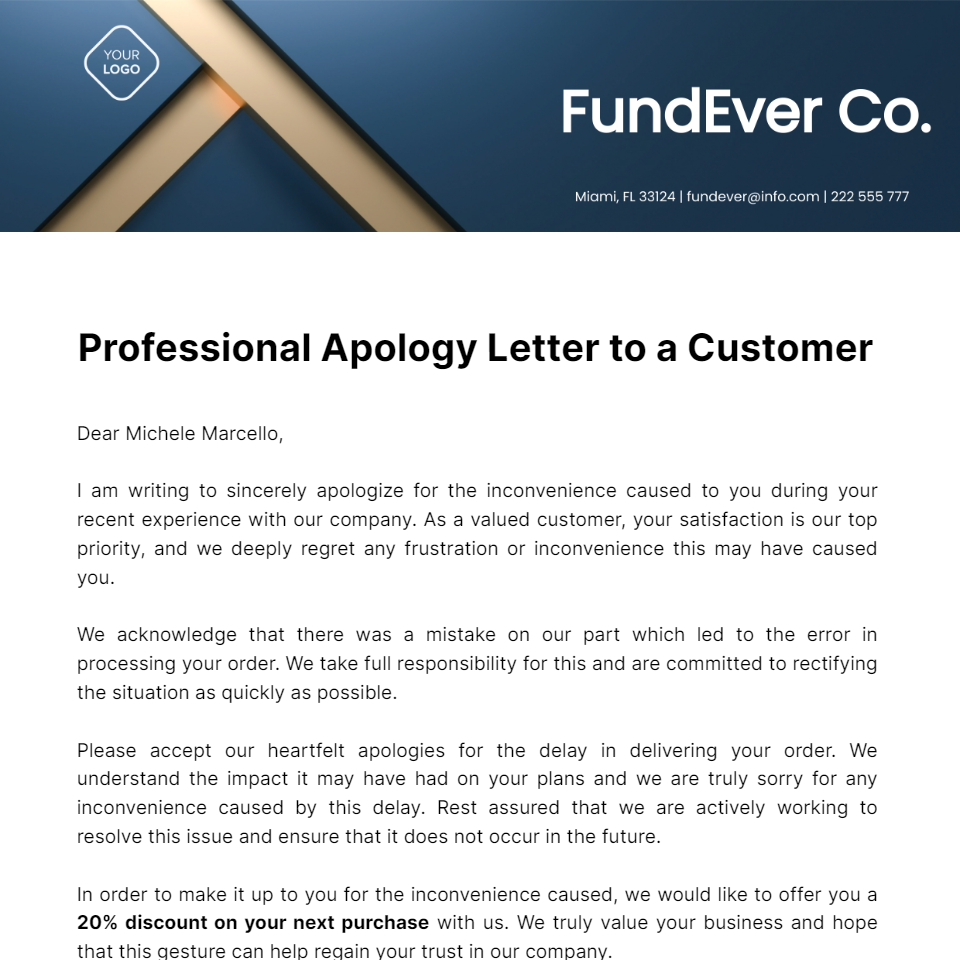How To Professionally Apologize To A Customer

In an era where customer experience reigns supreme, a sincere and well-executed apology can transform a potentially damaging situation into an opportunity for brand loyalty. Understanding how to professionally apologize is no longer just a nice-to-have skill, but a crucial competency for any business aiming to thrive in a competitive marketplace. Failing to deliver a proper apology can escalate customer frustration, leading to negative reviews, loss of business, and even public relations crises.
This article delves into the key elements of a professional customer apology, drawing on expert insights and best practices to provide a comprehensive guide for businesses and customer service professionals. We'll explore the essential components of a sincere apology, how to tailor your approach to different situations, and common pitfalls to avoid. The goal is to equip you with the knowledge and skills necessary to effectively address customer grievances and rebuild trust.
The Anatomy of a Professional Apology
A truly effective apology goes beyond simply saying "I'm sorry." It requires empathy, ownership, and a commitment to resolution. According to a study by Harvard Business Review, customers are more likely to forgive a company when they believe the apology is sincere and the company is taking steps to rectify the situation.
The first step is to acknowledge the mistake clearly and concisely. Avoid vague language or hedging. State exactly what went wrong and why it was unacceptable. For example, instead of saying "We regret any inconvenience," try "We understand that the incorrect item was shipped to you, and we deeply regret this error."
Next, express genuine remorse. Use empathetic language to show that you understand the customer's frustration and disappointment. Phrases like "I understand how frustrating this must be" or "We are truly sorry for the inconvenience this has caused" can go a long way in conveying sincerity.
Crucially, take responsibility for the mistake. Avoid blaming other departments, employees, or external factors. Even if the error wasn't directly your fault, representing the company means accepting accountability. As Shep Hyken, a leading customer service expert, often states, "Your brand is only as good as your last customer interaction."
Offer a clear explanation of what happened, but keep it concise. The goal is not to make excuses, but to provide context and demonstrate that you understand the root cause of the issue. Explain the steps being taken to prevent similar errors in the future.
Providing a Solution
A professional apology should always include a concrete solution to the problem. This could involve a refund, replacement, discount, or any other appropriate form of compensation. The solution should be proportionate to the inconvenience caused and designed to fully satisfy the customer.
When offering a solution, be specific and avoid vague promises. Instead of saying "We'll look into it," provide a timeline for when the issue will be resolved. For instance, "We will ship the correct item to you today, and you should receive it within two business days."
Finally, follow up with the customer to ensure that the solution has been implemented successfully and that they are satisfied. This demonstrates a commitment to customer satisfaction and helps rebuild trust. A simple email or phone call can make a significant difference.
Navigating Difficult Situations
Not all customer apologies are created equal. Some situations require a more nuanced approach. When dealing with an angry or upset customer, it's important to remain calm and professional, even if they are being unreasonable. Listen actively to their concerns without interruption (unless the language becomes abusive).
Empathy is even more crucial in these situations. Acknowledge their feelings and validate their frustration. Let them know that you understand why they are upset. For example, "I understand that you're angry, and I want to assure you that we're going to do everything we can to resolve this issue."
In cases where the company is at fault, avoid arguing or defending your position. Simply acknowledge the mistake and focus on finding a solution. Remember that it's often better to err on the side of generosity when offering compensation.
Common Pitfalls to Avoid
There are several common mistakes that can undermine even the most well-intentioned apology. Avoid using phrases like "I'm sorry you feel that way," as this can come across as dismissive and insincere. Instead, focus on acknowledging the actual mistake.
Similarly, avoid using conditional apologies, such as "I'm sorry if you were offended." This shifts the blame onto the customer and suggests that the company doesn't believe it did anything wrong.
Finally, never make promises that you can't keep. It's better to under-promise and over-deliver than to set unrealistic expectations that you're unable to meet. Maintaining transparency and honesty is crucial for rebuilding trust.
In conclusion, mastering the art of the professional apology is an investment in long-term customer relationships and brand reputation. By following the principles outlined above, businesses can transform negative experiences into opportunities for growth and loyalty. Remember that a sincere, empathetic, and action-oriented apology can turn a dissatisfied customer into a brand advocate.

